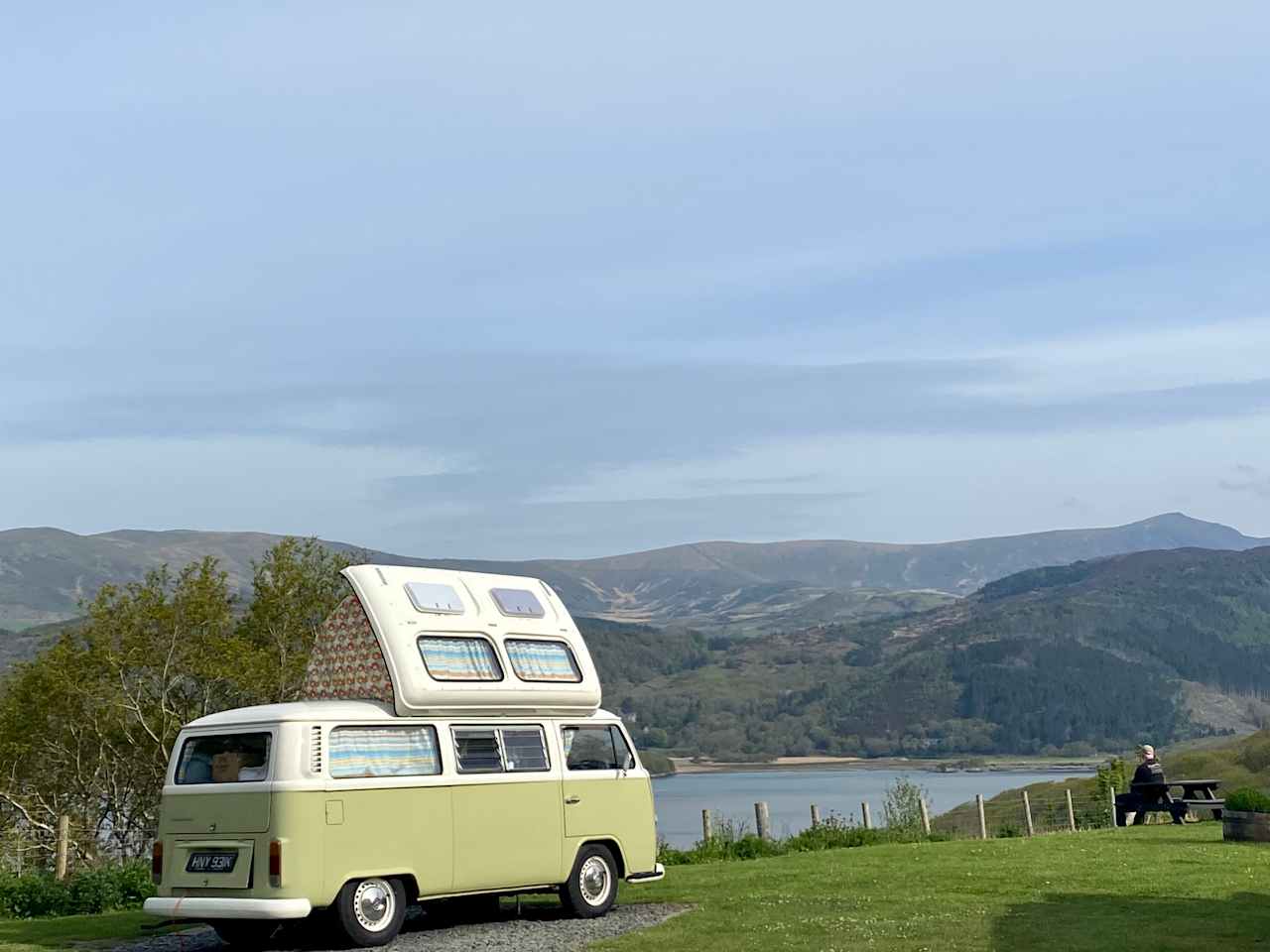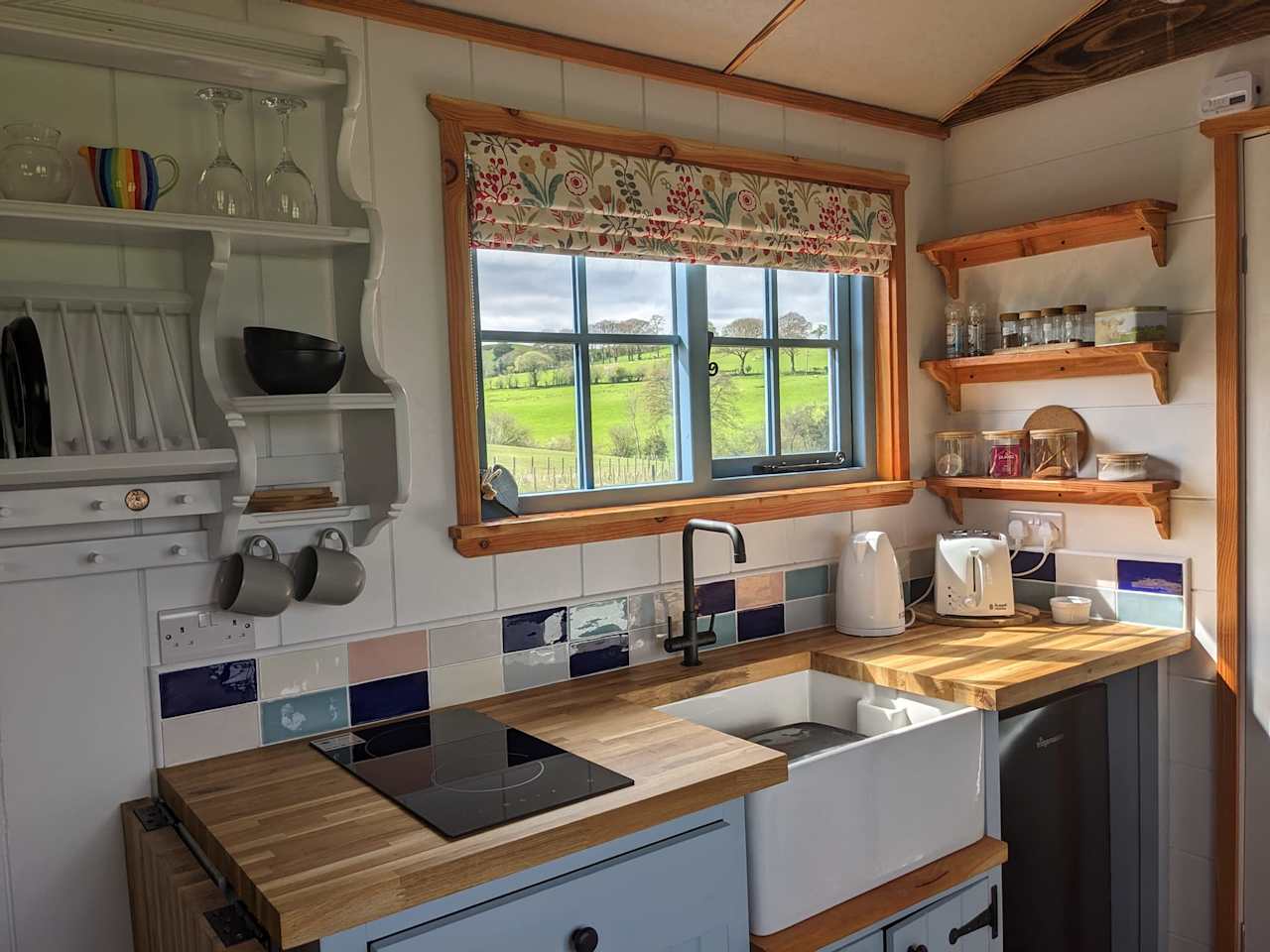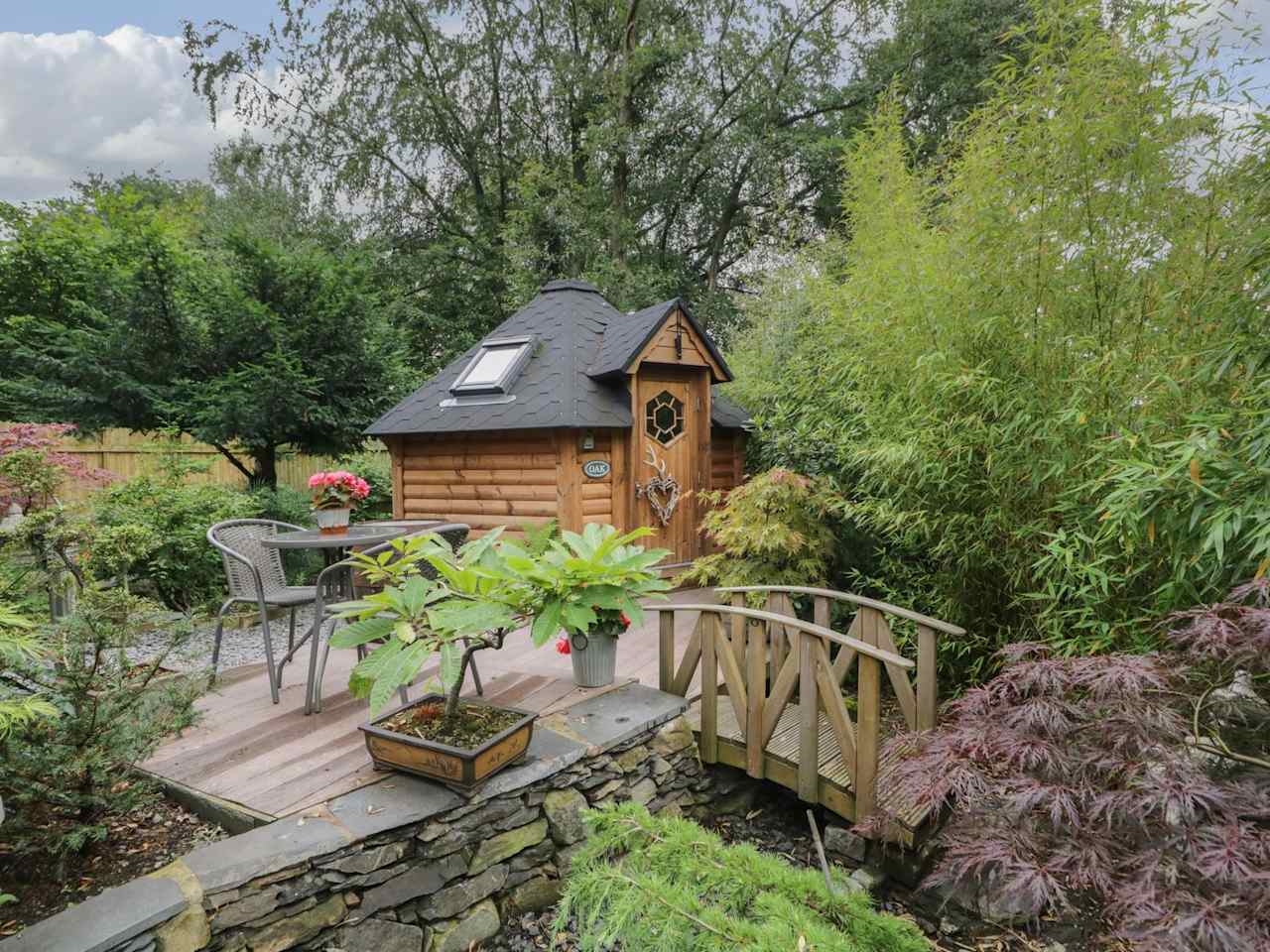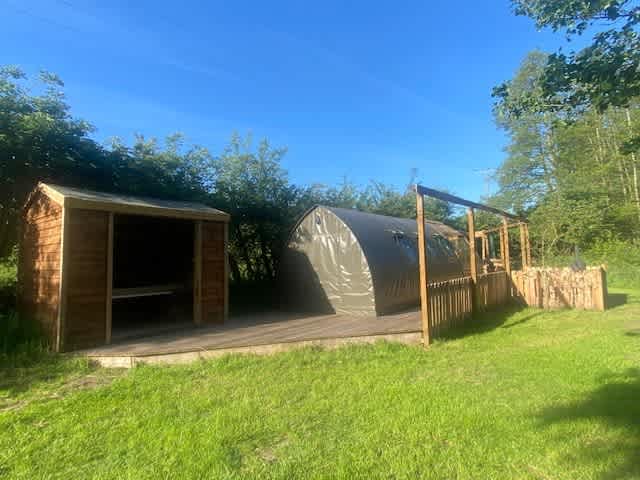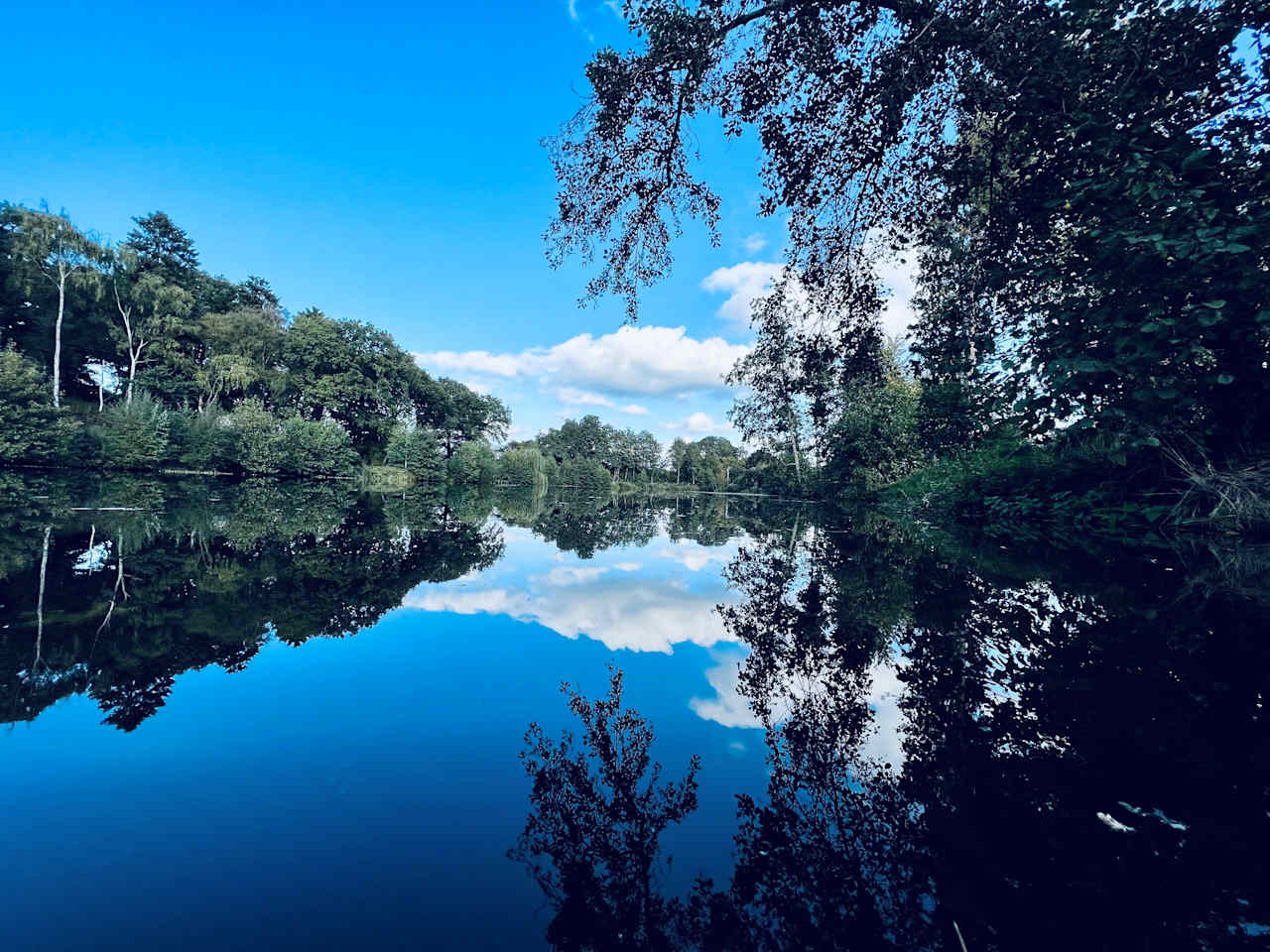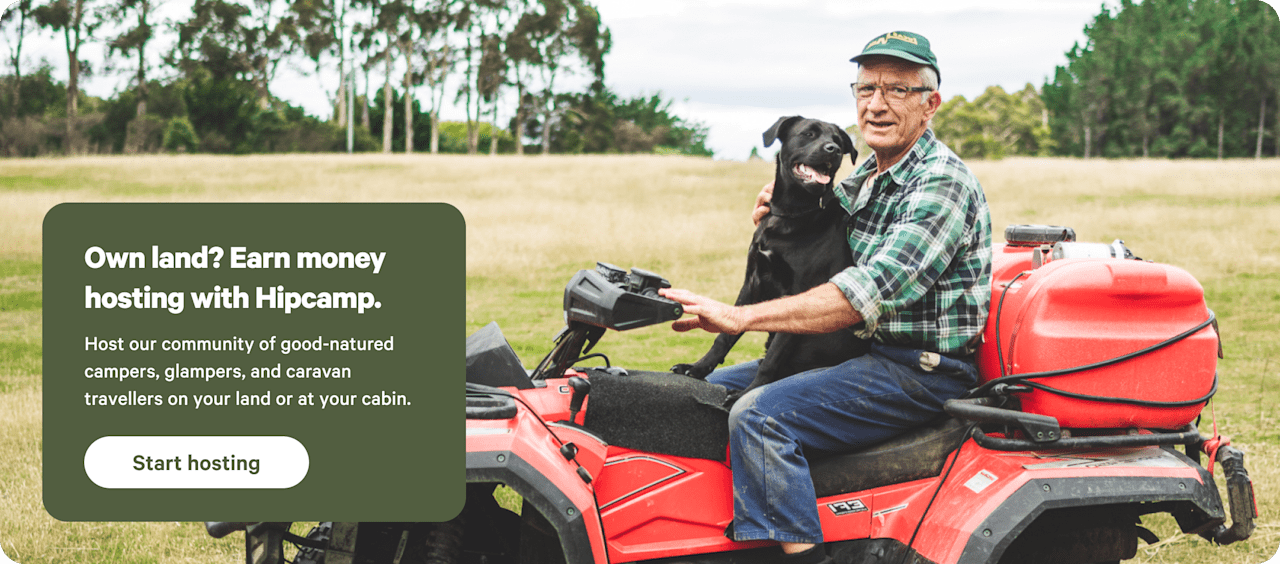Shepherd's huts near Colwyn Bay with wifi provided
Attracting beachgoers since the Victorian era, Colwyn Bay draws with sandy beaches and watersports.
- Colwyn Bay
Popular camping styles for Colwyn Bay
Available this weekend
Dog-friendly getaways
12 top shepherd's huts sites near Colwyn Bay with wifi provided
Star Hosts in Colwyn Bay


Shepherd's huts near Colwyn Bay with wifi provided guide
Overview
On the North Wales coast, Colwyn Bay boasts a fabulous beach for watersports that extends in a near-unbroken sandy band 20-odd miles east to the Dee Estuary. The snazzy Porth Eirias development adds a deft modern touch to the waterfront’s old-school seaside fun, while vestiges of the original Victorian resort also remain in town. Countryside also beckons nearby at Great Orme headland, above Llandudno and within the northern reaches of Snowdonia (Eyri) National Park. The best campsites are west of Colwyn Bay, at the base of the Creuddyn Peninsula upon which Llandudno sits.
Where to go
North Wales Coast
Beginning around Colwyn Bay, a long stretch of sandy beach spreads east some 20 miles through fellow resort Rhyl to the Dee Estuary. Most campers come here to sample the seaside—it’s an easily accessible coast, connected via railway, with plentiful diversions from promenades to funfairs. Caravan and camping sites can be found everywhere: Colwyn Bay and Rhyl have the most choice. Hiking-wise, the Wales Coast Path passes through while Prestatyn is the trailhead for Offa’s Dyke Path.
Great Orme Headland & Llandudno Area
Llandudno is affectionately considered Colwyn Bay’s “rival” resort, situated six miles northwest of town, but exploring the bulbous peninsula on which it lies provides interesting contrasts with Colwyn Bay. Great Orme, the headland and country park above Llandudno, has some surprisingly wild scenery, and you can extend the walking or cycling along the edge of Conwy Sands and the wooded inland hills. The area’s nicest campsites are at the peninsula base, west of Colwyn Bay.
Northern Snowdonia
Beyond the beaches, Colwyn Bay can also wow nature lovers with mountain scenery. The northern reaches of Snowdonia (Eyri) National Park lie beyond Conwy, five miles southwest of Colwyn Bay. Constituting all the uplands north of the Betws-y-Coed-Bethesda A5 road, Northern Snowdonia’s biggest features are the peaks of the Carneddau range, propped up by Wales’ largest extent of 2,500-foot ground—and a hillwalkers’ delight. Camp along the upland’s eastern edge, south from Conwy at villages like Caerhun.
When to go
Water babies should know that the best time to hit the beaches hereabouts is June through September, and each month has its merits. The hottest average daily temperatures come in July and August, when the school holiday season also contributes to sites being busier. June has weather that’s almost as warm but without the crowds, while August and September bring the warmest seawater temperatures. And spoiler alert: campers should steel themselves for cool, wet weather even during summer’s zenith.

